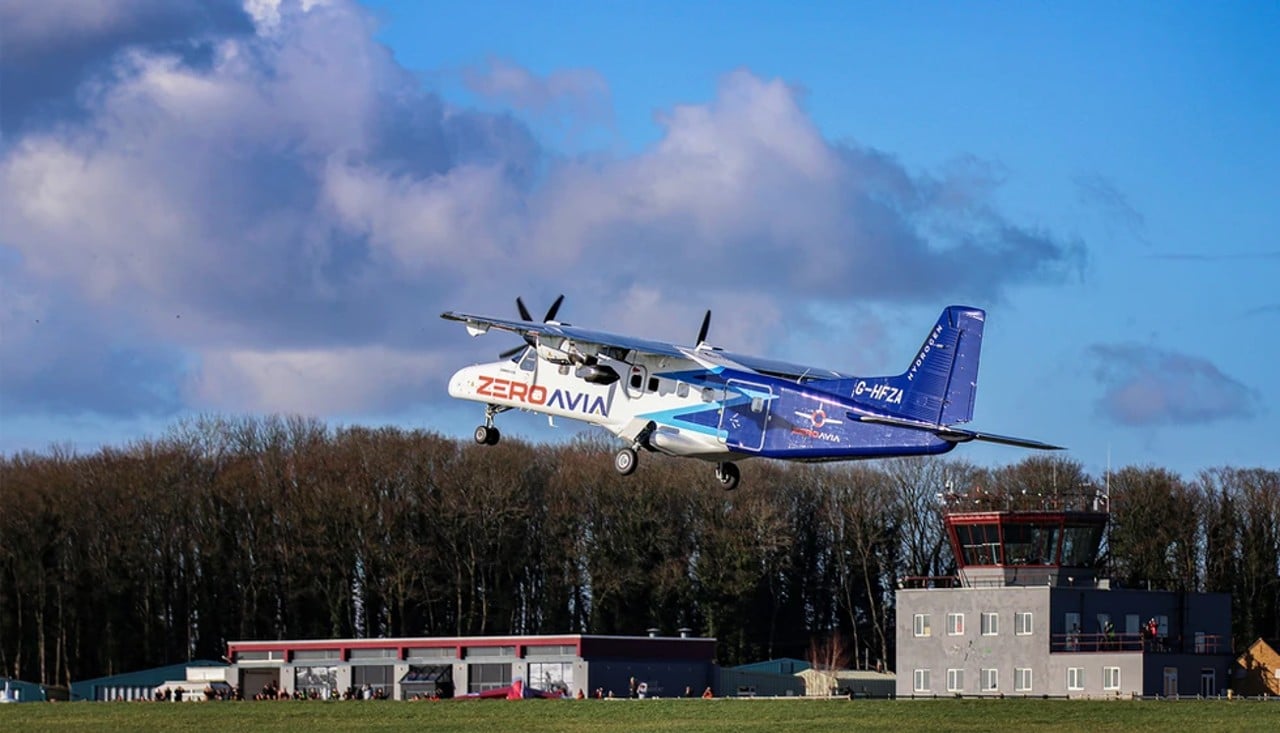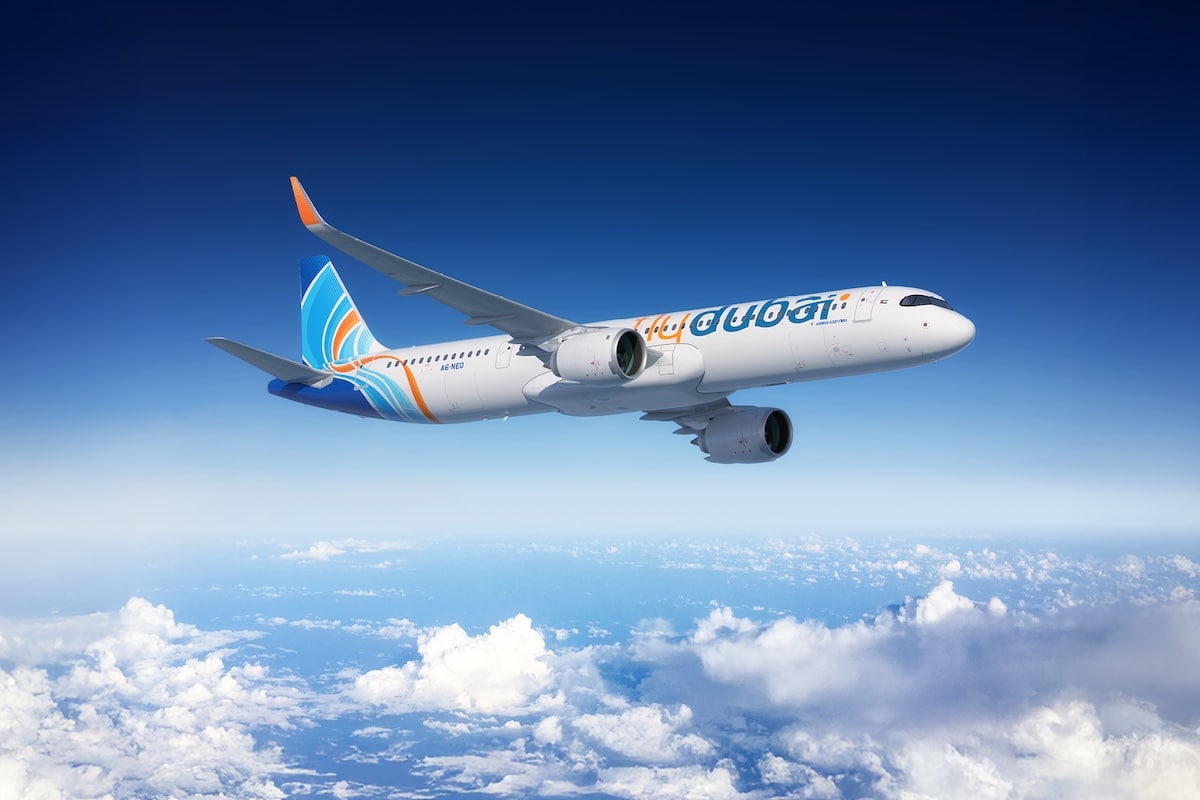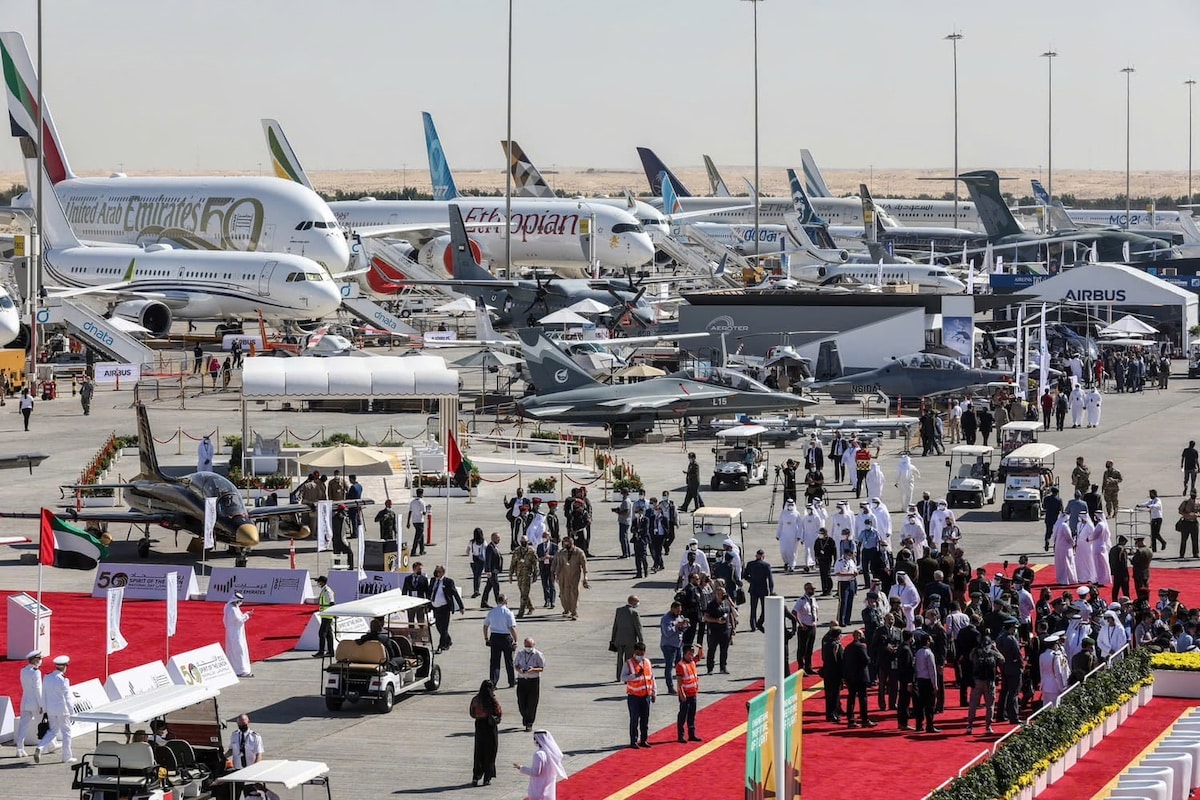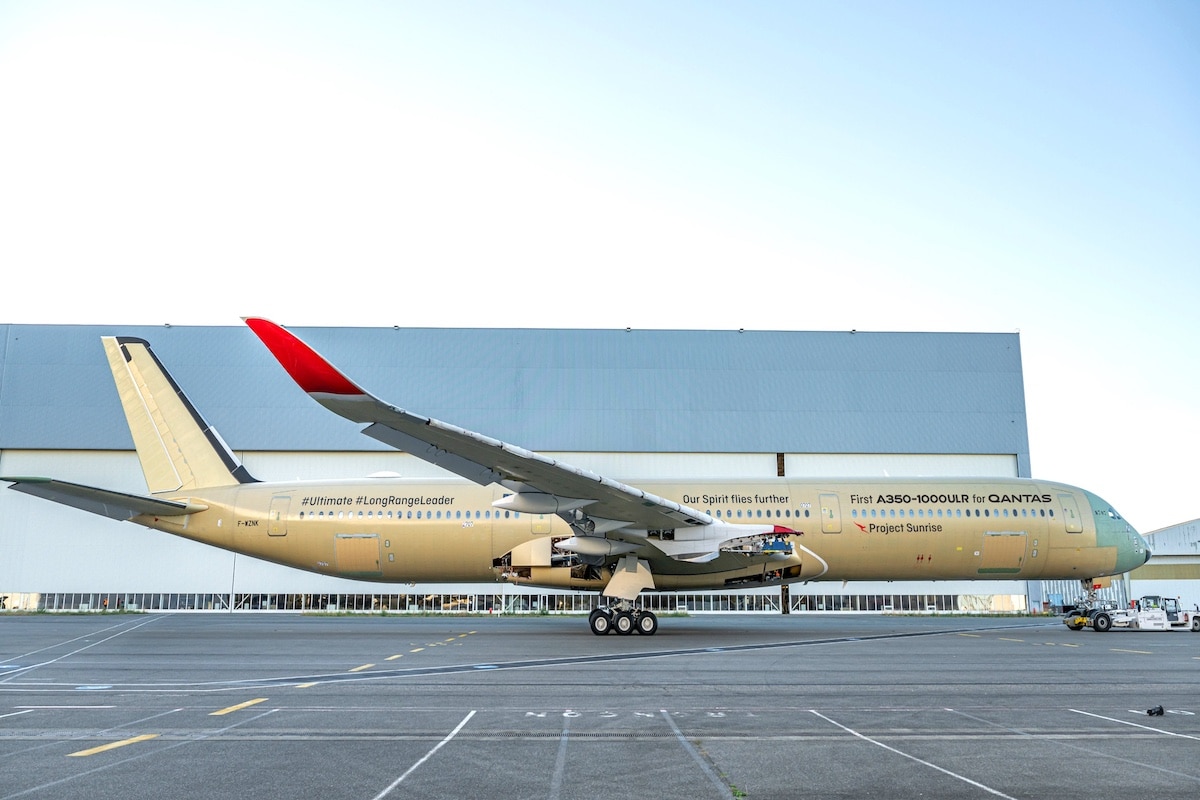The ZeroAvia hydrogen airplane took off

The future of hydrogen-powered aircraft seems closer than ever, with the flight of the 19-seat ZeroAvia prototype, opening the door to commercial flights by 2025.
While major manufacturers like Airbus and Boeing develop new engines that are more fuel-efficient and work on alternatives to oil, smaller brands are experimenting with varying degrees of success in electrifying small aircraft.
Among the key players is ZeroAvia, which has made hydrogen its main focus, particularly for airlines and private operators aiming to cover shorter distances while enhancing their “eco-friendly” image among the public. The American-British firm already has experimental certificates for its prototypes and has conducted test flights.
A new milestone was achieved last week with the flight of the largest hydrogen-powered aircraft, namely a Dornier 228 with 19 seats, adapted for zero emissions for the occasion.
This 10-minute flight was an opportunity to test the reliability of the 600 kW hydrogen engine, which operates alongside a Honeywell TPE-331 thermal engine. Specifically, the hydrogen/electric powertrain employs two stacks of fuel cells and lithium-ion technology batteries, providing full power during takeoff phases. Note that for this test, hydrogen tanks were placed inside the cabin.
More powerful engines in the future
According to the manufacturer, all systems operated as expected, and the “voyage” went smoothly. This event allowed ZeroAvia to call for certification starting in 2023 and to begin future development of much more powerful engines (from 2 to 5 MW) capable of powering larger aircraft up to 90 seats. Commercialization of this technology for regular routes is expected to follow from 2025.
This page is translated from the original post "L’avion à hydrogène ZeroAvia a décollé" in French.
We also suggestthese articles:
Also read






